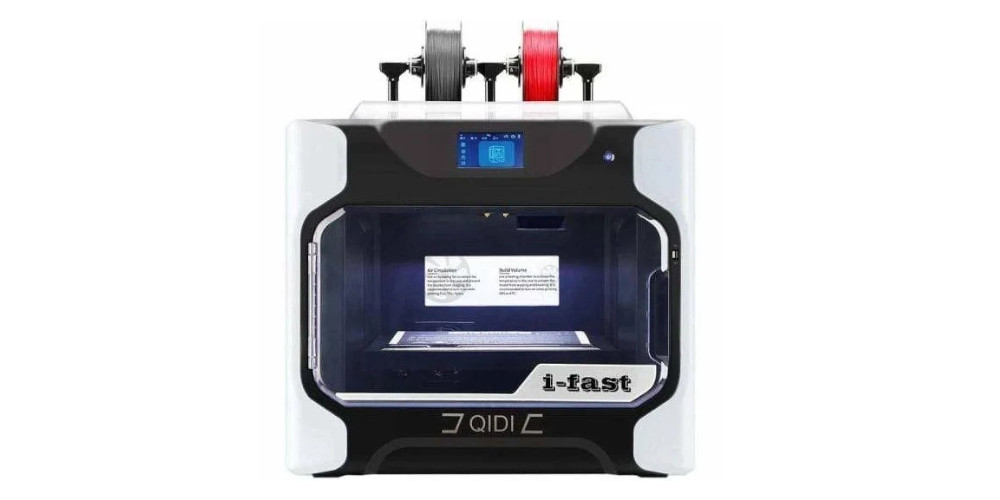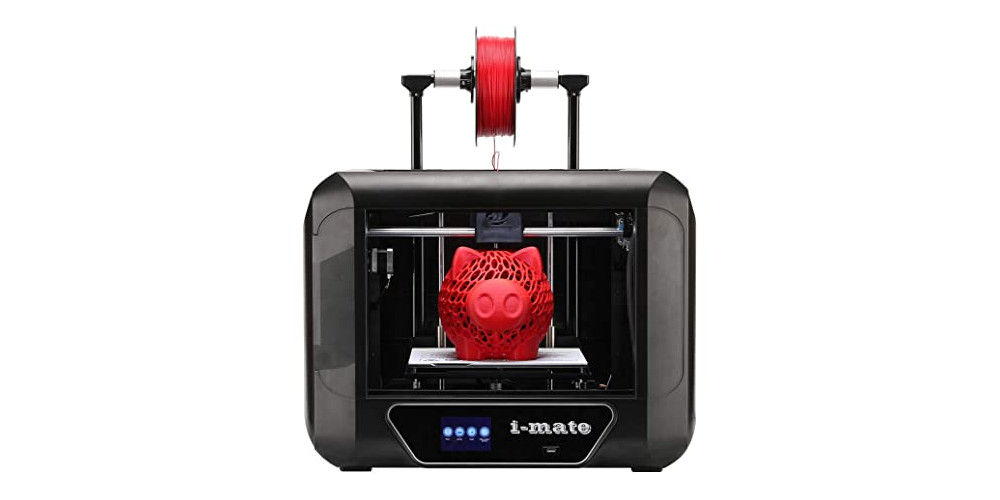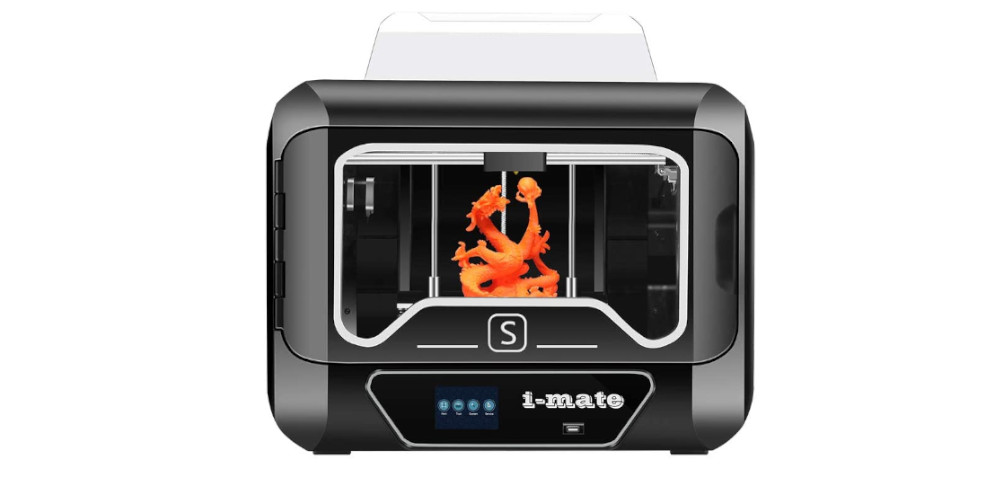CEL RBX01 Robox Review Results
CEL’s RBX01 Robox has several impressive features to offer anyone looking to purchase a 3D printer. If that’s you, keep reading. When we’re done it will be up to you to decide if this combo of pros and cons is right for you.
-
Printing Speed
-
Build Size
-
Precision
-
Value
-
Design
-
User Experience
Robox 3D Printer Review Basics
Before we delve into the favorable and unfavorable, let’s take a moment to review the basic specifications of this desktop 3D printer. The Robox has a printing envelope of 8.3 x 5.9 x 3.9 inches, and manufactures using 1.75 mm filament. CEL’s 3D printer can reach a resolution as fine as 20 microns.

Robox 3D Printer Pros
Needle Valve Flow Control
A common issue among 3D printers is “stringing,” the unintentional extrusions of thin filament “strings” that flow from the extruder while it travels between two printing points, leaving prints looking like they’ve been caught in a spider’s web.
To prevent this, CEL has implemented a needle valve system, which reaches all the way through to the nozzles’ orifices, allowing it to open and close the nozzles completely as necessary to keep prints clean and clear of oozing filament.
Dual-Nozzle Extrusion
Now let’s review the dual-nozzle extruder.
Each of the two nozzles, which are set side-by-side, is a unique diameter. The first is a 0.3 mm nozzle, and the second is a 0.8 mm nozzle. Both draw from a single filament spool, and are used intermittently to complete a print.
Why is this helpful when printing? Well, printing in high resolution creates a smoother surface with less visible print lines. However, printing in high resolution is far more time consuming than low or standard resolution printing.
With this printer, the smaller 0.3 mm nozzle is used to create the outer, visible layers, while the larger 0.8 mm nozzle is used to produce a lower resolution infill. In short, these two nozzles work together to allow for a high-resolution finish with reduced printing time.
Robox 3D Printer Cons
Smaller Build Volume
While printer makers like Lulzbot and Printrbot are beginning to boast printers with expansive build volumes, CEL’s RBX01 Robox features a modest 190 cubic inch build volume.
Although this small space may work well if you only plan to print small items, it’s definitely going to be a setback for anyone who has their sights set on larger designs.
Limited Connectivity
The second drawback that I will mention for this review is Robox’s connectivity options. While many 3D printing companies are exploring wireless printing, CEL’s printer still requires a physical USB 2.0 connection. This is an inconvenience. However, if you prefer to work at your desk or work station, it may not be a deal breaker.
The CEL RBX01 Robox 3D Printer Review Verdict
In the end, is CEL’s RBX01 Robox the right desktop 3D printer for you? Well, you’ll have to decide that for yourself. If you’re unsure, consider learning more about these innovative features this printer houses for ease of use and safety. You’re unlikely to regret it.



